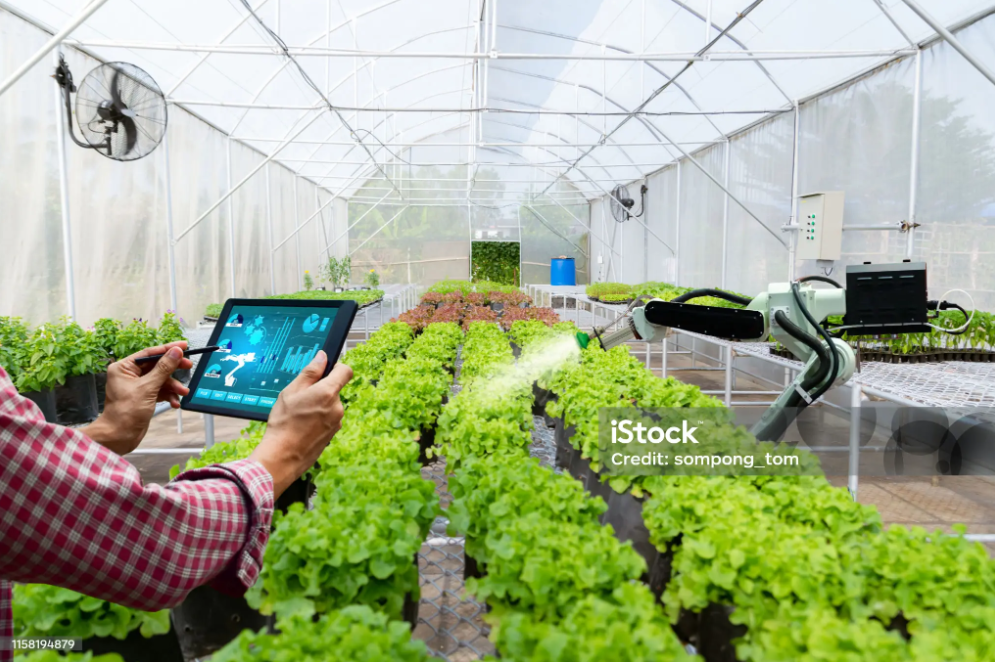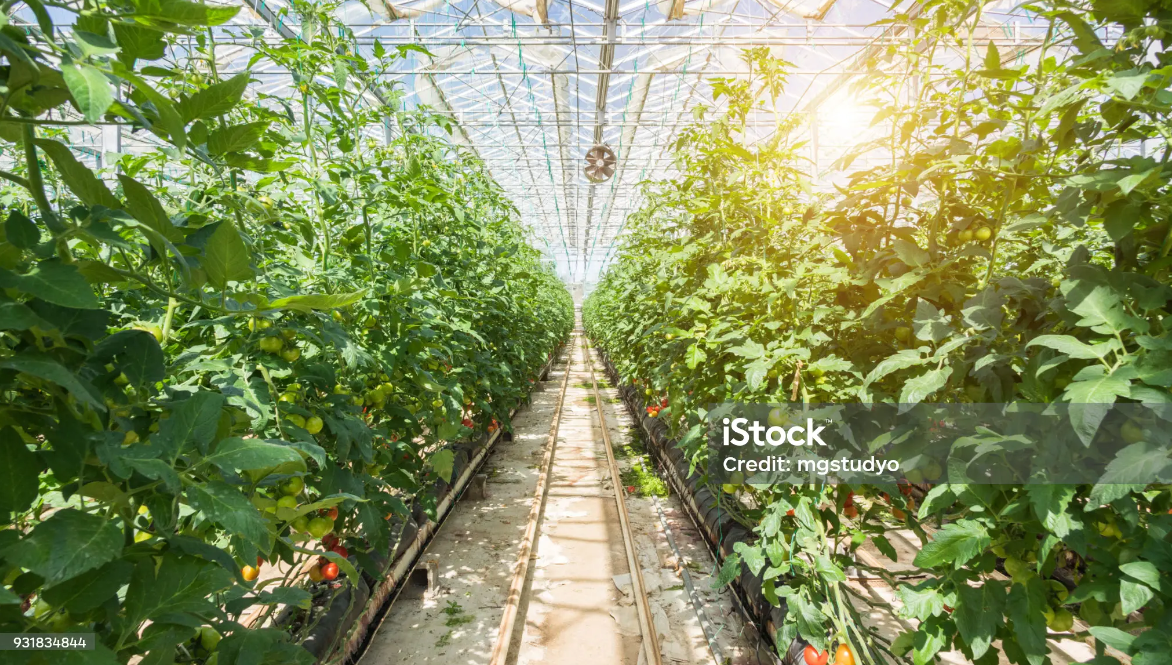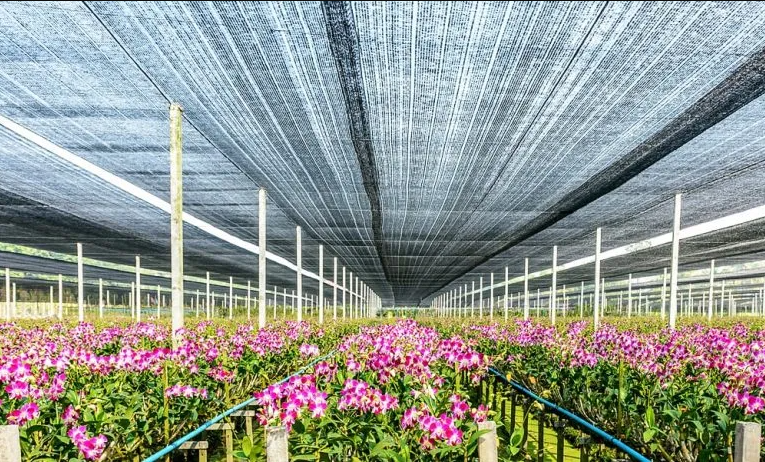Greenhouse seedbeds play a crucial role in the early stages of plant production, especially for commercial growers, nurseries, and modern farms. But getting strong, healthy seedlings requires more than just planting seeds in trays and hoping for the best. It involves precision, consistency, and understanding the unique needs of young plants.
In this guide, we’ll walk you through the key factors that influence seedling success in greenhouse environments, and how to optimize each one—from seedbed setup to climate control—to improve your yields and save time and resources.

There are several types of greenhouse seedbeds, including:
Fixed steel-frame seedbeds
Rolling or movable seedbeds (for space efficiency)
Multi-layer seedbeds
Heated seedbeds (for cold regions)
The ideal seedbed depends on your crop type, available space, and production scale. For example:
Leafy greens and herbs benefit from shallow, wide trays.
Tomatoes and peppers require deeper cells and strong root support.
Ornamentals may benefit from misting and high humidity.
Tip: Ensure the material of the seedbed is durable (e.g., galvanized steel) and resistant to corrosion in humid conditions.
Seedlings thrive in stable, warm environments. Most vegetables and flowers germinate best at 21–27°C (70–80°F). For humidity, a range of 60–80% supports germination but should be lowered gradually to prevent mold and damping-off disease.
Install climate control systems (like heating mats, fans, foggers).
Use thermometers and hygrometers at seedbed height for accuracy.
Avoid sharp temperature fluctuations, especially at night.
Common Issue: High humidity with poor airflow can lead to fungal diseases. Install small circulation fans to prevent stagnant air.
The seed-starting substrate must provide:
Good drainage (to prevent root rot)
Water retention (to keep seeds moist)
Sterility (to avoid pathogens)
Recommended seed-starting mixes often contain:
Coconut coir or peat moss
Perlite or vermiculite
Compost or worm castings (in small amounts)
Avoid using regular garden soil—it’s too dense and may contain pests or diseases.

Seedlings require adequate light to grow strong and avoid “legginess” (tall, weak stems). In winter or low-light conditions, supplement natural sunlight with grow lights (LED or fluorescent).
Key light parameters:
16–18 hours of light per day
Full-spectrum lights for balanced growth
Position lights 5–10 cm (2–4 inches) above seedlings
Pro Tip: Use reflective materials (like white plastic or Mylar) around seedbeds to increase light efficiency.
Watering errors are a top cause of seedling failure.
Use mist nozzles or bottom-watering trays to avoid disturbing seeds.
Check moisture levels daily with your finger or a moisture meter.
Avoid overwatering—soil should be moist, not soggy.
Advanced Option: Install automatic irrigation systems for consistent watering, especially in large-scale greenhouses.
Even in greenhouses, pests like aphids, fungus gnats, and diseases like damping-off can threaten your seedlings.
Preventive strategies include:
Using insect-proof nets or screens
Regularly disinfecting trays and tools
Avoiding overcrowding in seedbeds
Introducing biological controls (e.g., beneficial nematodes)
Inspect daily for signs of mold, discoloration, or insect presence.
Seedlings grown in controlled greenhouse seedbeds are sensitive to outdoor conditions. Hardening off gradually acclimates them to outdoor light, wind, and temperature.
Steps:
Reduce watering slightly a few days before moving.
Expose seedlings to the outdoors for a few hours per day, increasing over 7–10 days.
Avoid transplanting during harsh midday sun or heavy rain.
This step reduces transplant shock and increases survival rates in the field.

Modern greenhouses often use sensors and digital monitoring to:
Track temperature/humidity/light in real time
Adjust systems automatically
Record germination rates and seedling quality
If you're managing a commercial operation, consider integrating greenhouse management software or IoT tools to scale efficiently.
Maximizing seedling success in greenhouse seedbeds is about creating a stable, nurturing microenvironment. From smart seedbed selection to fine-tuned climate control and consistent monitoring, every decision impacts your crop’s early-stage health—and ultimately your business’s profitability.
Whether you're growing vegetables, ornamentals, or high-value herbs, a well-designed seedbed system is the foundation of a thriving crop cycle.
At Kunyu Greenhouse, we specialize in designing and manufacturing customized greenhouse seedbeds and complete seedling systems—tailored to your crop, climate, and budget. Contact us today for a free consultation or quote.

Copyright ©Kunyu Greenhouse Co., Ltd. All Rights Reserved | Sitemap